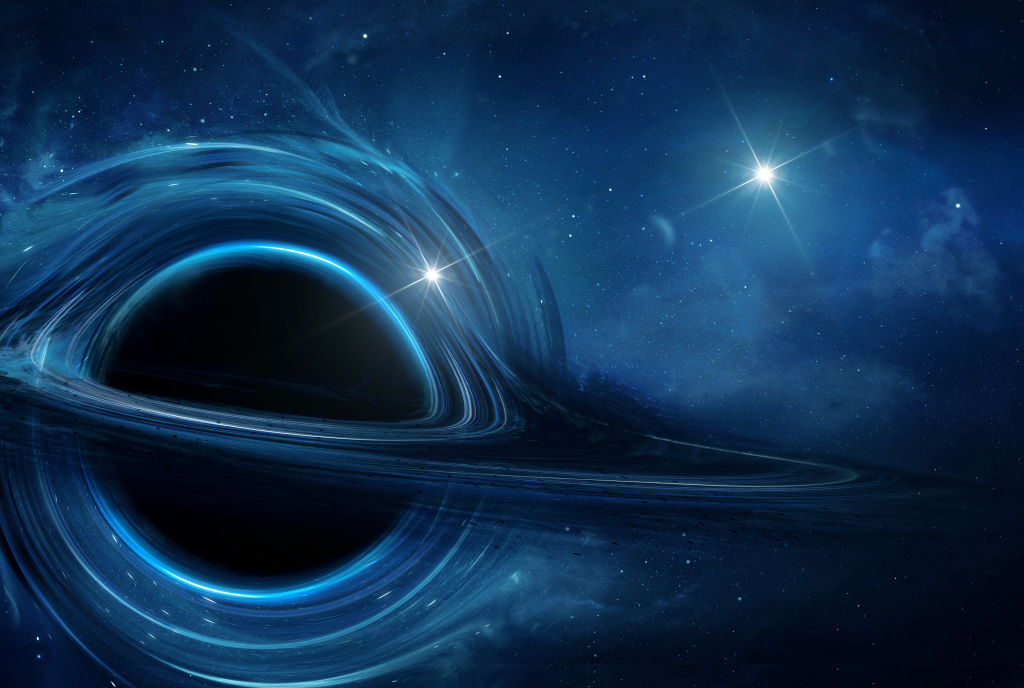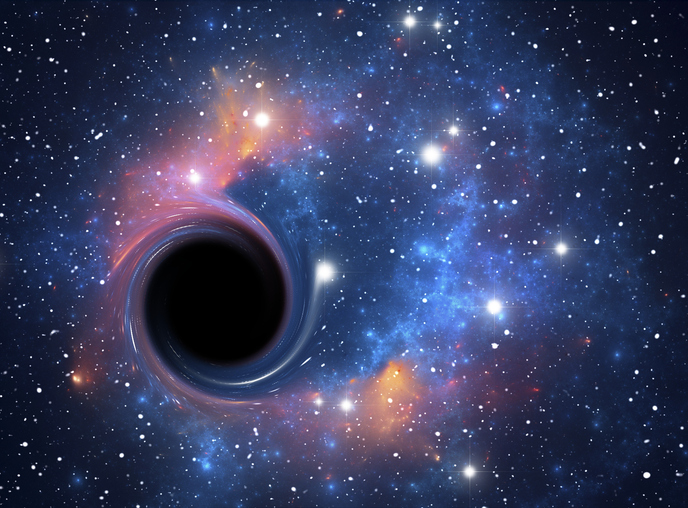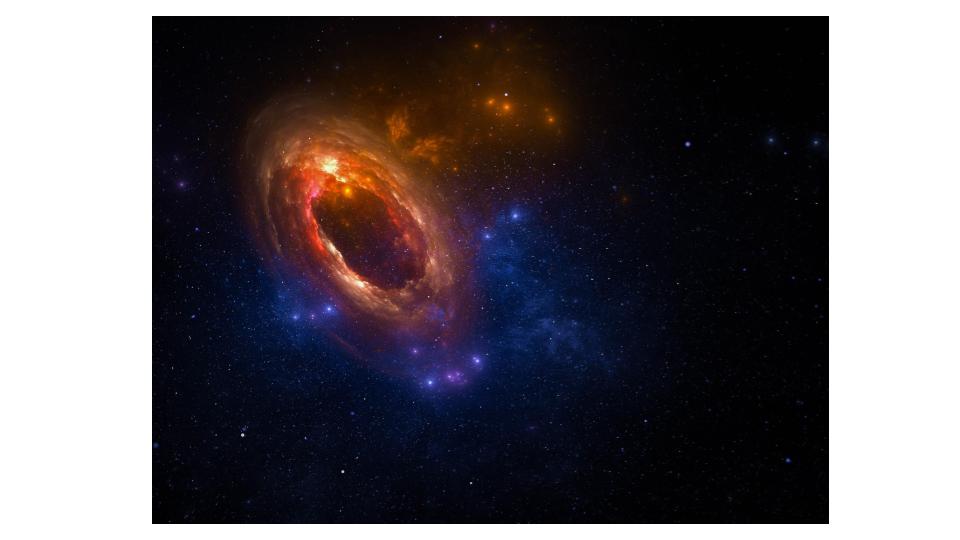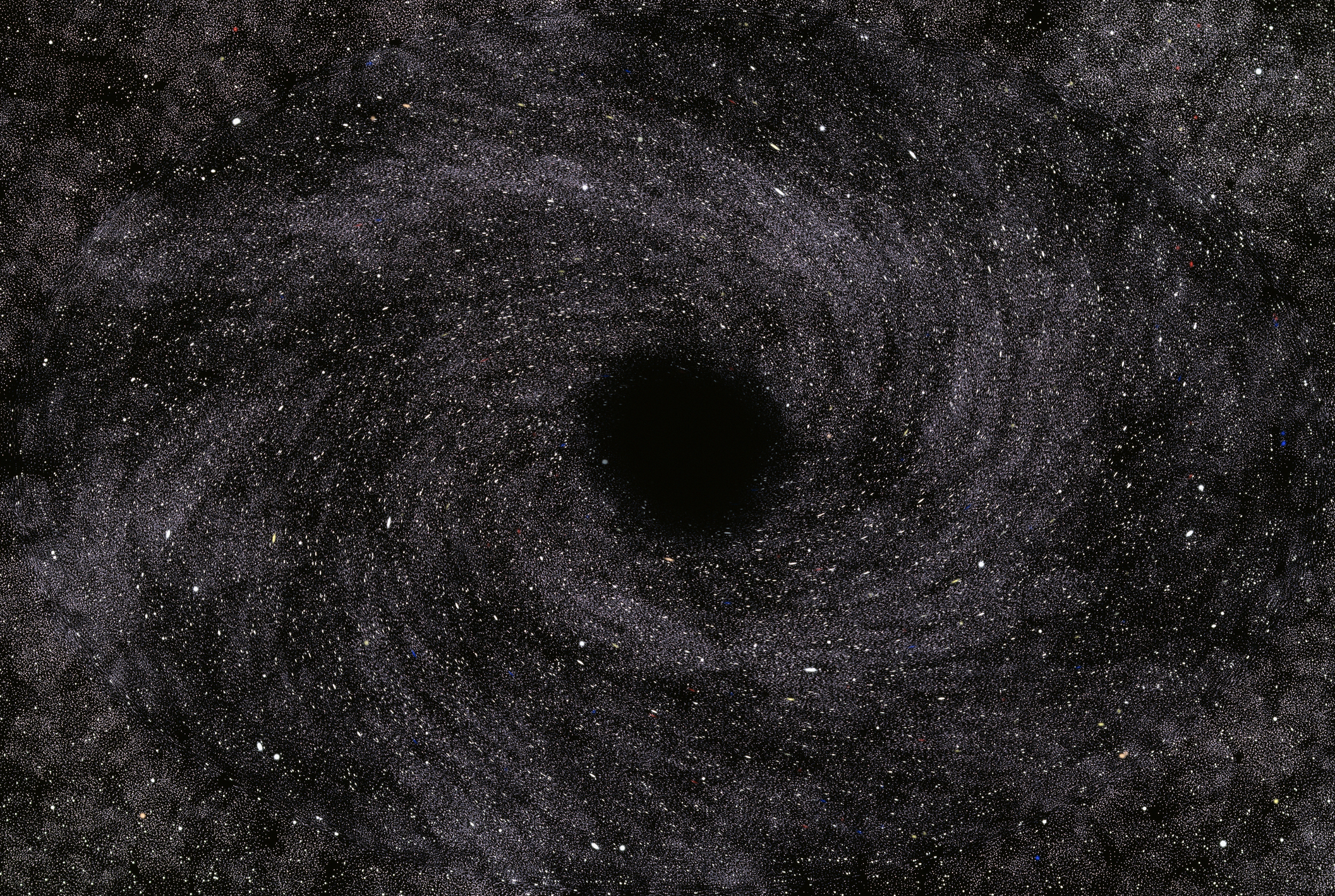February 19, 2025 4:22 PM
Webb Telescope provides unprecedented view of our Milky Way’s supermassive black hole
NASA's James Webb Space Telescope is providing the best look yet at the chaotic events unfolding around the supermassive black hole at the center of our Milky Way galaxy, observing a steady flickering of light punctuated by occasional bright flares as material is drawn inward by its enormous gravitational pull. Webb, which was launched in 2021 and began collecting data in 2022, is enabling astronomers to observe the region around the black hole - called Sagittarius A*, or Sgr A* - for extended ...












